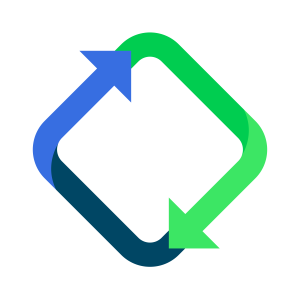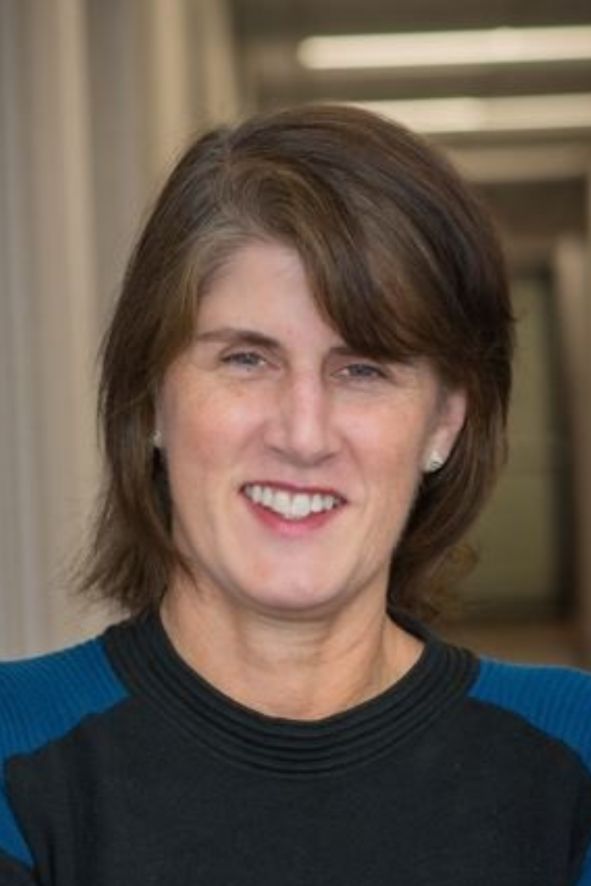The EU’s Circular Economy Action Plan (CEAP) adopted in March 2020 is more than just legislation. It serves as a roadmap for how Europe manages resources, reduces waste, and promotes sustainability. It brings with it both opportunities and obligations for producers. While it introduces new responsibilities for producers, it also opens up opportunities for innovation and long-term adaptability. At RLG, we understand that meeting these requirements can be complex, but with the right guidance, they can inspire innovation and more resilient business practices.
What Is the Circular Economy Action Plan?
The CEAP represents a shift from the traditional take-make-dispose model toward a circular economy where products are designed to last longer, be repairable, reused, and ultimately recyclable. Its focus is not limited to waste management; rather, it considers the entire lifecycle of a product, from design to disposal. Central to this shift is Extended Producer Responsibility (EPR), which makes producers financially and operationally responsible for managing their products throughout their entire lifecycle, including collection, recycling, and proper disposal.
This approach has practical implications for industries such as batteries, textiles, electronics (WEEE), and packaging, which face stricter reporting obligations and evolving compliance standards.
Why This Matters for Producers
Adapting to the CEAP is about more than meeting legal requirements. Today’s markets, investors, and consumers increasingly expect businesses to integrate sustainability into their core operations. For producers, early adoption of circular practices is not just responsible – it is a strategic advantage.
Implementing these changes can be complex. Reporting standards differ depending on waste type, accurate data collection is essential, and regulatory variations across EU member states require continuous monitoring. Companies often find these evolving demands difficult to manage without structured processes in place.
RLG assists businesses by breaking down regulatory obligations into clear, practical steps. This approach allows teams to maintain compliance efficiently while focusing on innovation, product quality, and long-term growth.
Making Compliance Manageable
At RLG, we support producers by providing:
- Data management: We turn complex data into actionable insights to keep you compliant and drive efficiency
- Environmental Compliance: We simplify environmental compliance across multiple waste streams to reduce impact and stay responsibly compliant
- Horizon Scanning: We help you stay ahead of evolving environmental legislation through regular updates and with clear insights that reduce complexity and risk.
By taking the stress out of compliance, we help producers focus on what they do best ‑creating products and services – while staying fully aligned with EU requirements.
Sustainability as a Shared Goal
CEAP encourages a system where materials are valued, waste is minimized, and resource efficiency becomes a competitive differentiator. While progress may be incremental, businesses that embrace these principles contribute to a more resilient economy and strengthen their market position.
Looking Ahead
The Circular Economy Action Plan will continue shaping European industry for years to come. Companies that integrate circular practices proactively are better positioned to meet regulatory obligations, enhance operational efficiency, and differentiate themselves in a sustainability-conscious market.
RLG empowers organizations to turn compliance into opportunity – supporting them in meeting evolving EU standards while promoting a more circular, resilient, and sustainable future for all.


